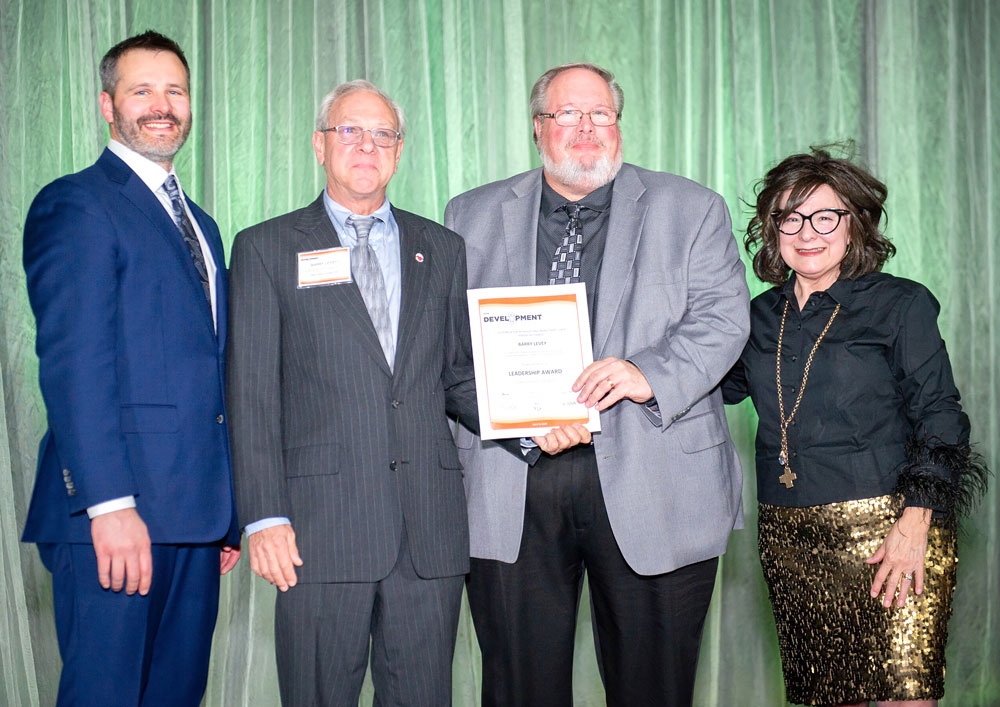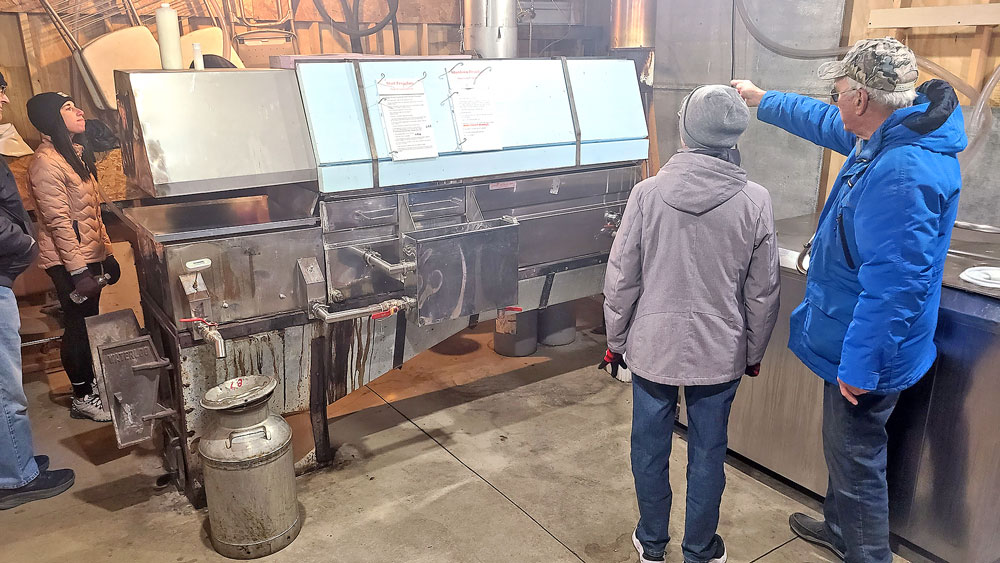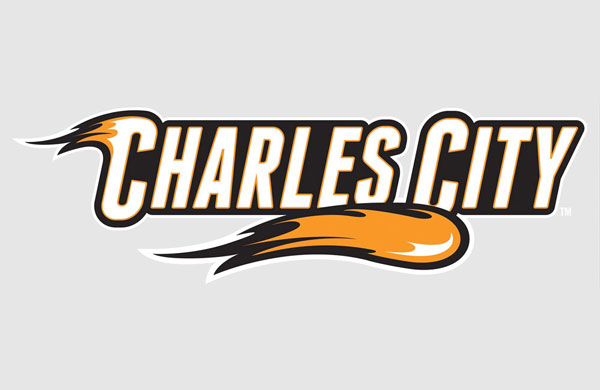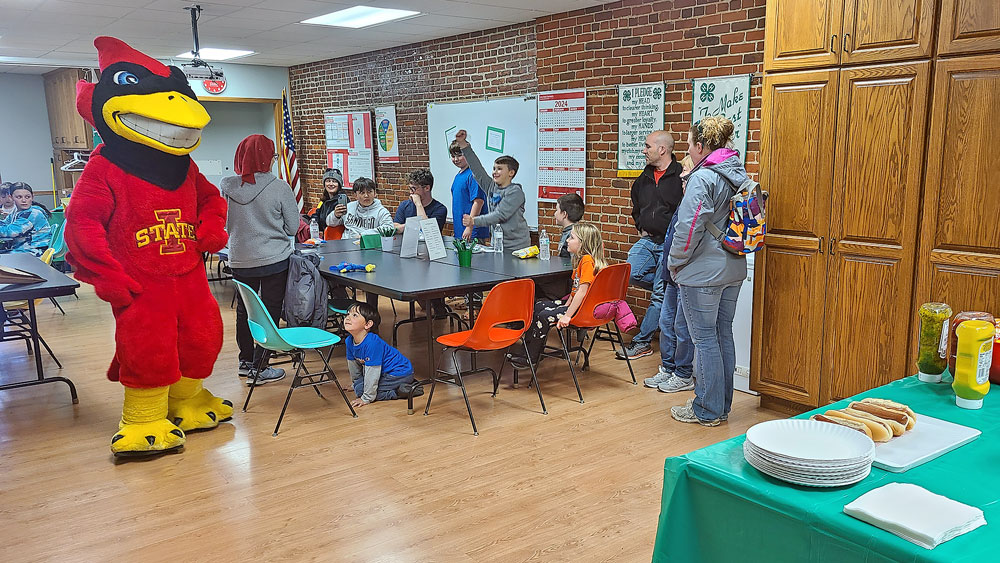Floyd County Conservation Board advocates for higher staff salaries
By Bob Steenson, bsteenson@charlescitypress.com
Two members of the Floyd County Conservation Board were at the county Board of Supervisors meeting this week, making their case for raising Conservation Department employees to the state average pay for those jobs.
The Conservation Board intends to move some funds around to make them available for increasing staff salaries, and part of the plan to be able to continue those pay levels into the future would use increasing revenue, including from campsite rentals at county parks.
The board presented charts and comparisons showing how the pay of the conservation director, Adam Sears, and other Conservation Department staff compares to state conservation department averages, and how Sear’s pay compares with other Floyd County department heads and with similar positions in area counties.
The charts show the state average conservation director salary is $73,538, compared with Sears’ salary of $63,475.
But Supervisor Jim Jorgensen pointed out that the state salary includes almost $180,000 for Polk County, an amount that skews the state average upward.
County Auditor Gloria Carr said the county’s human resources consultant recommends comparing wages with the five next counties higher in population than Floyd County and the next five counties lower in population. The average director’s salaries for those 10 counties is $67,134.
Conservation Chair Pete Kloberdanz said he comes from a corporate world where people are paid based on merit, and based on the performance of Sears and his staff they deserve higher pay. But even in the government world where pay is based on comparisons the evidence shows they should be paid more, he said.
“They have always been behind the curve as far as a salary standpoint across the state, in the total number of acres we manage, the number of projects that we have,” Kloberdanz said.
“We need to look at what surrounding counties are paying. Because when Mitchell County’s paying their lead conservation officer $20,000 more and they manage 500 acres less, have more staff, I think it’s time to look at what we’re paying our employees,” he said.
The Conservation Board plans to increase Sears’ salary from its current $65,361 to $73,537, the county naturalist’s pay from $53,144 to $54,193, and the park ranger and natural resource manager from a combined total of $111,304 to $116,551.
With the increase in IPERS (Iowa Public Employees’ Retirement System) and FICA that the county would have to pay with the higher salaries, the increased cost would be $16,946.
The conservation board proposed to get that from $5,000 from grounds supplies, $5,000 from buildings and grounds repairs, and $6,946 from agriculture and horticulture services so that the department’s bottom line wouldn’t change. State REAP (Resource Enhancement and Preservation) funds would be used to supplement those accounts as needed.
Supervisor Chair Mark Kuhn agreed that the Conservation Board has the authority to set the pay for its employees, and that what they propose is allowed under the Iowa code section that governs county compensation boards, but it is the duty of the Board of Supervisors to set the department’s bottom line budget, he said.
He said the Board of Supervisors typically transfers an amount of money that the Conservation Department gets in revenues and grants from the county’s general fund into the conservation reserve fund. The plan in the proposed Conservation Department budget is to transfer $50,000 to the conservation reserve fund.
But that transfer isn’t guaranteed, Kuhn said, and with as tight as the budget is this year that transfer may have to be one thing the Board of Supervisors looks at, just as it already decided to not make a routine transfer into the Secondary Roads Department of $124,000.
Supervisor Dennis Keifer asked how the department would continue paying the higher salaries in the future, and Supervisor Jorgensen noted that the department’s expenses were increasing at a faster rate than revenue, even without the additional pay.
Kloberdanz said that camping revenues have been increasing at a recent rate of about $10,000 a year, and they expect that to continue, especially with 18 new RV pads being created at Tosanak Recreation Area near Marble Rock. They will include electricity, water and sewer and some of them have already been reserved even though they aren’t available yet.
Kloberdanz also said regarding the increase in expenses, “I think the upward trend is a reflection of the cost of every business today, every department today. With inflation, it’s something that’s going to be brought into every conversation.”
The supervisors took no action regarding the Conservation Department’s plan. Decisions on how much the department’s total budget will be will be decided as the supervisors finish budget discussions for the new fiscal year which will begin July 1. The budget must be decided by April 15, Kuhn said.









Social Share